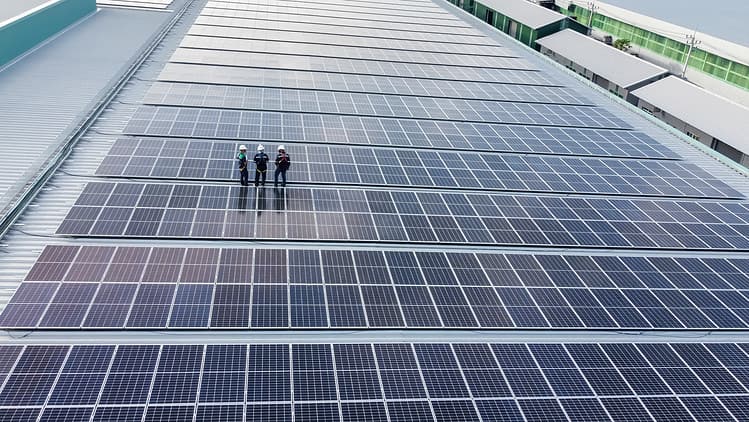In his laboratory at the Frank Reidy Research Center for Bioelectrics, Thomas Vernier bombards cells and tissue with short pulses of high-voltage electrical fields.
Extremely short pulses. Billionths of a second.
This technique, pioneered at the Old Dominion University center, is powerful enough to open pores in cell membranes – a process is known as electroporation – and provoke fascinating responses.
Vernier conducts these experiments in combination with molecular simulations to make discoveries that could lead to groundbreaking clinical techniques for combatting cancer and other diseases.
Vernier’s work has been winning attention for years he’s one of the world’s most-cited scientists. Now, the ODU research professor has earned a new international honor.
Late last year, he received the Frank Reidy Award for Outstanding Achievements in Bioelectrics. The announcement came in Copenhagen at the fourth World Congress on Electroporation and Pulsed Electric Fields in Biology, Medicine and Food and Environmental Technologies. Vernier was recognized for the year 2021; Marie Pierre Rols of the University of Toulouse received the 2022 Reidy award at the same conference, which had been postponed a year by the pandemic.
“No scientist really does anything on their own,” said Vernier, who is known for his collaborations. “You work in teams of people, and you stand, of course, on all the literature behind you and everybody learns from everybody else. Nevertheless, I appreciate the award very much.”
Established in 2010, the award recognizes a scientist who has contributed significantly to the field of electrical effects on cells and tissue. (Reidy, a retired engineer and energy executive, is a benefactor of both the ODU center and the award.) Other winners from ODU have included Karl Schoenbach, Richard Heller and Stephen Beebe.
Schoenbach, an ODU engineering professor, coined the term “bioelectric” in the late 1990s when he began wielding very short, intense electric pulses to affect cells and tissue. He soon surrounded himself with like-minded scientists, and a research center was born.
Reidy Center researchers today work in cancer cell biology and immunology, cancer therapeutics, neurostimulation and electrophysiology, integrative pulmonary biology, cold atmospheric plasma biomedicine, renewable energy, environmental remediation and other areas.
“We are the experts,” said Vernier, who has a background in electrical engineering and biology. “We are looked on as having started the field and having a lot of people come here to visit and learn things.”
The director of the Reidy Center praised Vernier's work.
“I am most happy for Tom,” Andrei Pakhomov said. “His award is well deserved. It also speaks to our center’s continued world leadership in bioelectrics.”
Vernier’s research concentrates on the effects of electric fields on cell membranes. What’s distinctive is his two-pronged approach.
“I combine molecular modeling, which is all in computers, with observations on the microscope in the nanosecond timescale,” he said. “So, my kind of specialization and unique contribution to the field has been to use modeling and an observation of really short electric pulses.”
His first attempt at adding modeling to his work with pulsed electric fields, in the mid-2000s, produced what remains his favorite lab result.
“We showed that with a few-nanosecond pulse you can move lipids from the inside of the membrane to the outside. What we saw in the atomic details in the simulations was consistent with, and helped to explain, what we observed on the laboratory bench. And it was one of the evidences that something happens in those nanoseconds that's profound for the cell.”
What’s more, this reaction can trigger an immune response to tumor cells, he said.
With that purpose in mind, Vernier is trying to come up with the ideal pulse generator settings, which doctors could use to treat cancer patients. But when you’re dealing with billionths of a second, multiple pulses and a range of voltages, the number of variables is overwhelming.
“How do you set the knob for the strength of the field?” he said. “How do you set the knob for how long a pulse? How do you decide how many to deliver – one, 10? And how fast?”
“We have quite a ways to go. It's not an easy problem.”




